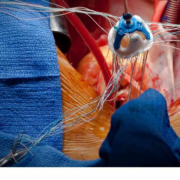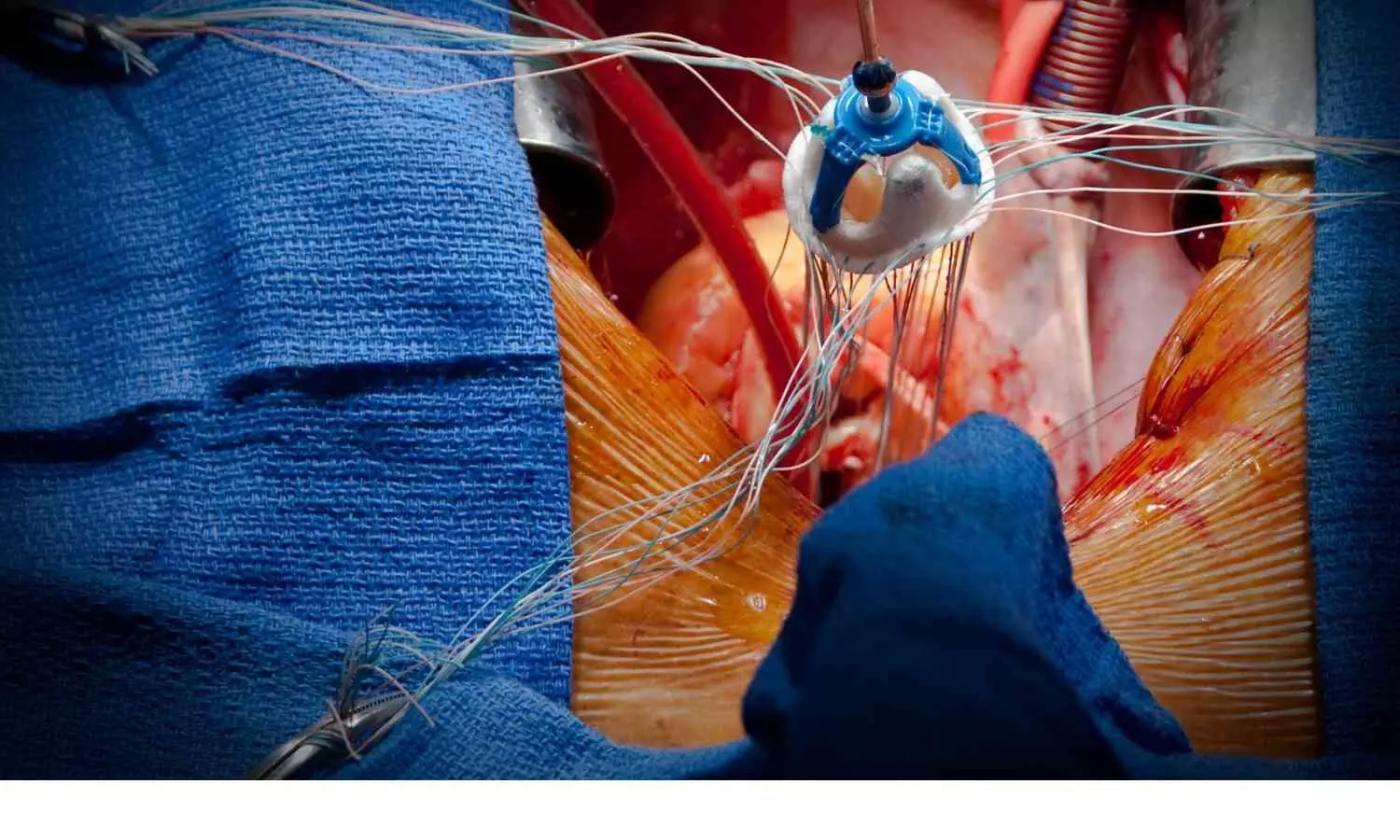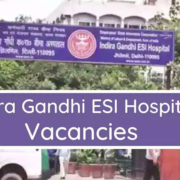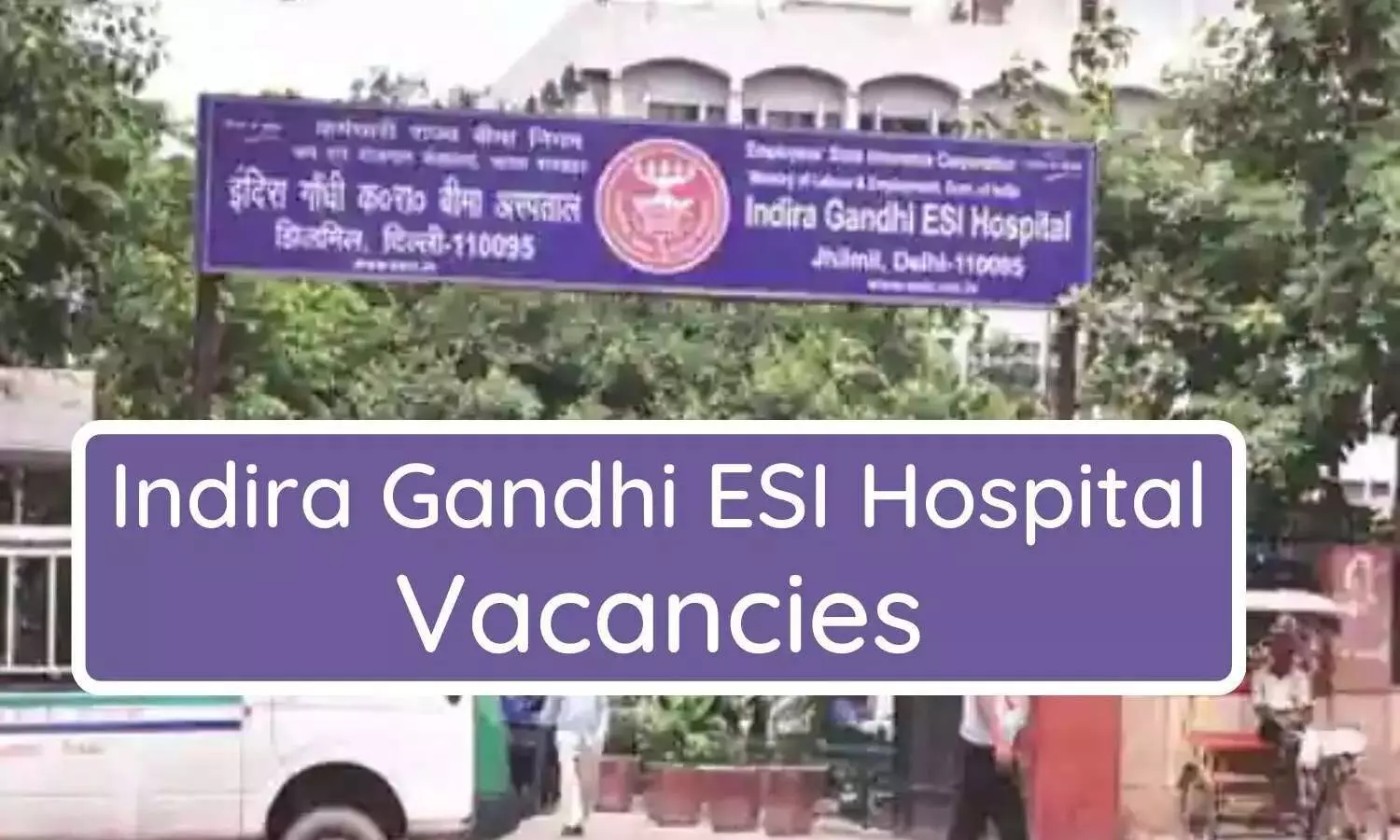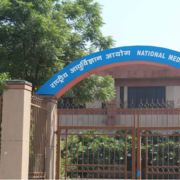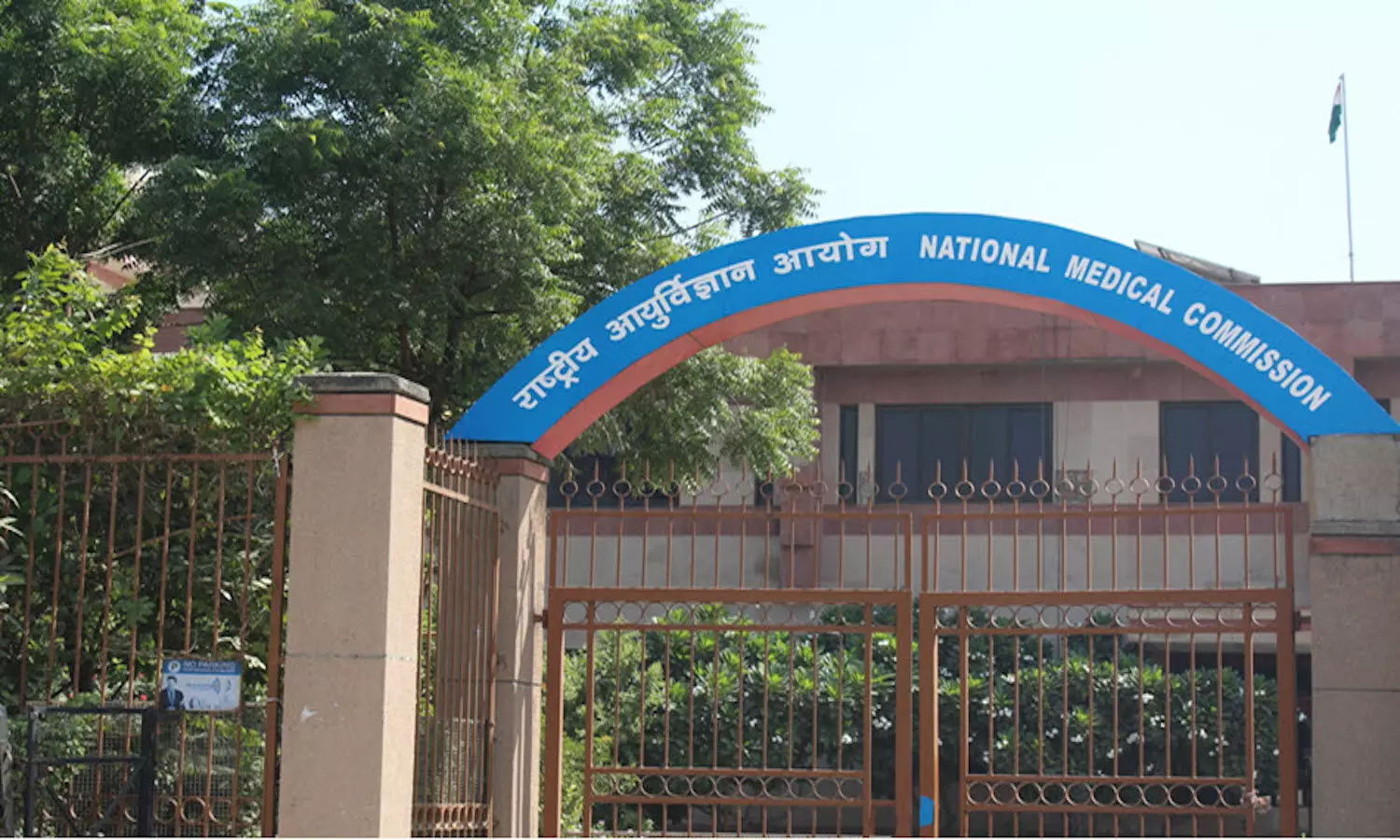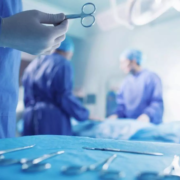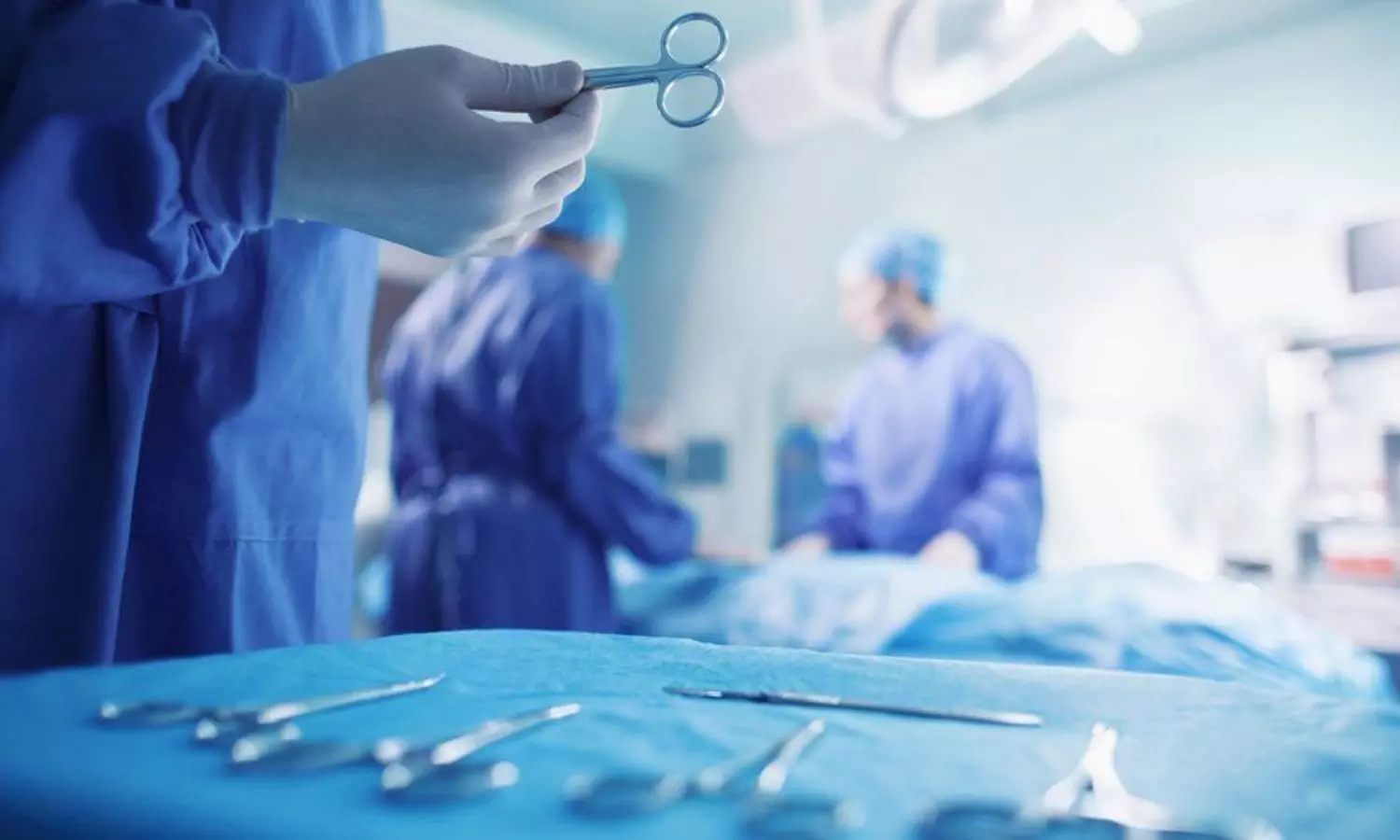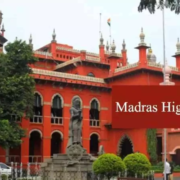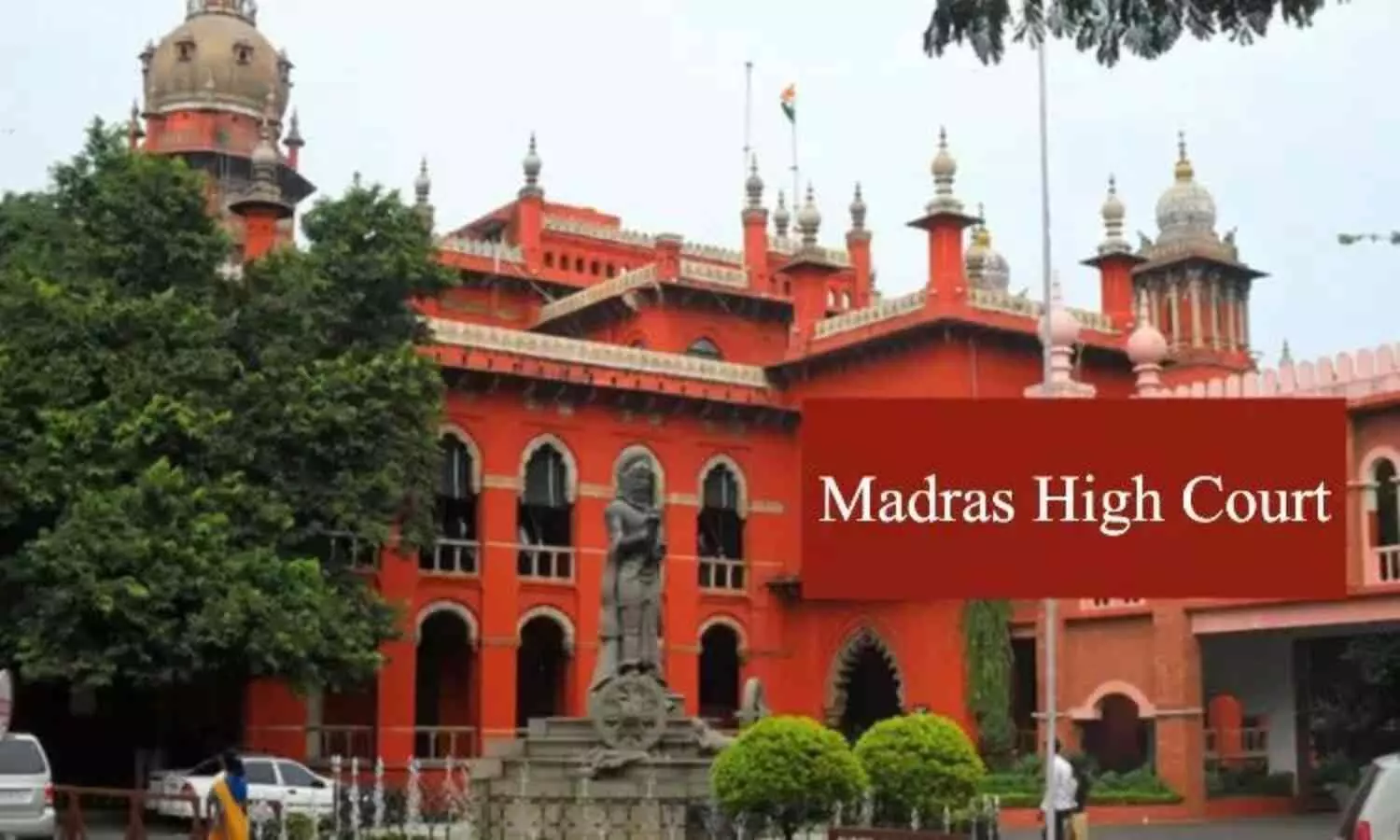Risk of ovarian cance very low among older women with stable adnexal masses on ultrasound, finds study
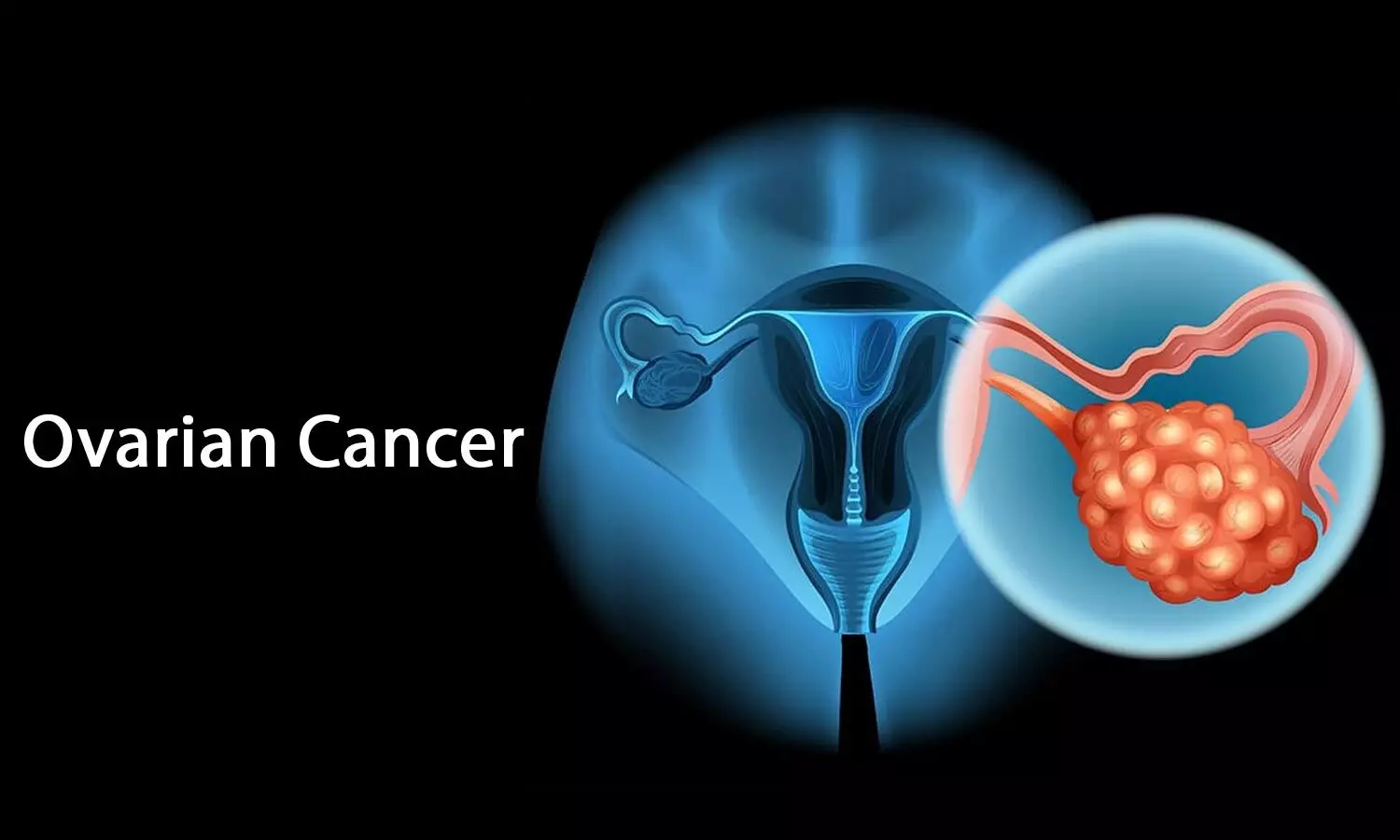
The detection of adnexal masses in older patients often raises concerns about ovarian cancer, which poses a common clinical challenge for gynecologists. While surgical evaluation is the only way to immediately rule out cancer, subjecting all patients to surgery would cause excessive harm because the vast majority of these masses are benign. Recent study aimed to assess the ovarian cancer risk among older patients with stable adnexal masses on ultrasound. It was a retrospective cohort study conducted on patients aged 50 years and older with an adnexal mass of less than 10 cm on ultrasound between 2016 and 2020 in a large community-based health system. The masses were considered stable if they did not exhibit an increase of more than 1 cm in the greatest dimension or a change in standardized reported ultrasound characteristics. The study included 4061 patients with stable masses, with an average age of 61 years and an initial mass size of 3.8 cm. Among these patients, 11 cancers were detected, resulting in an absolute risk of 0.27%. The study found that ovarian cancer risk declined with longer duration of stability, with no cancer cases observed after 52 weeks of stability. The risk of ovarian cancer was 0.73 per 1000 person-years at 6 to 12 weeks of stability, 0.63 at 13 to 24 weeks, 0.44 at 25 to 52 weeks, and 0.00 at over 52 weeks. The study suggested that ongoing ultrasound imaging would be needed for 369 patients at 6 to 12 weeks of stability, 410 patients at 13 to 24 weeks, 583 patients at 25 to 52 weeks, and over 1142 patients with stable masses at 53 to 104 weeks to detect one case of ovarian cancer. The authors concluded that the risk of ovarian cancer was very low among older women with stable masses on ultrasound. They recommended that the benefit of ultrasound monitoring beyond 12 months is minimal and may be outweighed by potential risks of repeated imaging.
Discussion
The study found that among patients aged 50 years and older with stable adnexal masses on ultrasound, the risk of ovarian cancer was low and declined with longer demonstrated stability. The researchers suggested that ultrasound monitoring of stable masses beyond 12 months is of minimal benefit and might be associated with potential risks of repeated imaging. These findings indicate that the duration of ultrasound monitoring for stable masses should be limited, considering the minimal benefit and potential risks associated with prolonged surveillance.
Conclusion
In conclusion, the study provides important insights into the ovarian cancer risk among older patients with stable adnexal masses and suggests that prolonged ultrasound monitoring may not be necessary for patients with stable masses. The researchers highlight the importance of considering the potential risks of repeated imaging when determining the optimal duration of ultrasound monitoring for stable adnexal masses.
Key Points
1. The study aimed to assess the ovarian cancer risk among older patients with stable adnexal masses on ultrasound. It was a retrospective cohort study conducted on patients aged 50 years and older with an adnexal mass of less than 10 cm on ultrasound between 2016 and 2020 in a large community-based health system. The masses were considered stable if they did not exhibit an increase of more than 1 cm in the greatest dimension or a change in standardized reported ultrasound characteristics.
2. The study included 4061 patients with stable masses, with an average age of 61 years and an initial mass size of 3.8 cm. Among these patients, 11 cancers were detected, resulting in an absolute risk of 0.27%. The study found that ovarian cancer risk declined with longer duration of stability, with no cancer cases observed after 52 weeks of stability. The risk of ovarian cancer was 0.73 per 1000 person-years at 6 to 12 weeks of stability, 0.63 at 13 to 24 weeks, 0.44 at 25 to 52 weeks, and 0.00 at over 52 weeks.
3. The study suggested that ongoing ultrasound imaging would be needed for 369 patients at 6 to 12 weeks of stability, 410 patients at 13 to 24 weeks, 583 patients at 25 to 52 weeks, and over 1142 patients with stable masses at 53 to 104 weeks to detect one case of ovarian cancer.
4. The authors concluded that the risk of ovarian cancer was very low among older women with stable masses on ultrasound. They recommended that the benefit of ultrasound monitoring beyond 12 months is minimal and may be outweighed by potential risks of repeated imaging.
5. The study found that among patients aged 50 years and older with stable adnexal masses on ultrasound, the risk of ovarian cancer was low and declined with longer demonstrated stability. The researchers suggested that ultrasound monitoring of stable masses beyond 12 months is of minimal benefit and might be associated with potential risks of repeated imaging.
6. In conclusion, the study provides important insights into the ovarian cancer risk among older patients with stable adnexal masses and suggests that prolonged ultrasound monitoring may not be necessary for patients with stable masses. The researchers highlight the importance of considering the potential risks of repeated imaging when determining the optimal duration of ultrasound monitoring for stable adnexal masses.
Reference –
Suh-Burgmann EJ, Hung YY, Schmittdiel JA. Ovarian cancer risk among older patients with stable adnexal masses. Am J Obstet Gynecol 2024;231:440.e1-7.
Powered by WPeMatico


